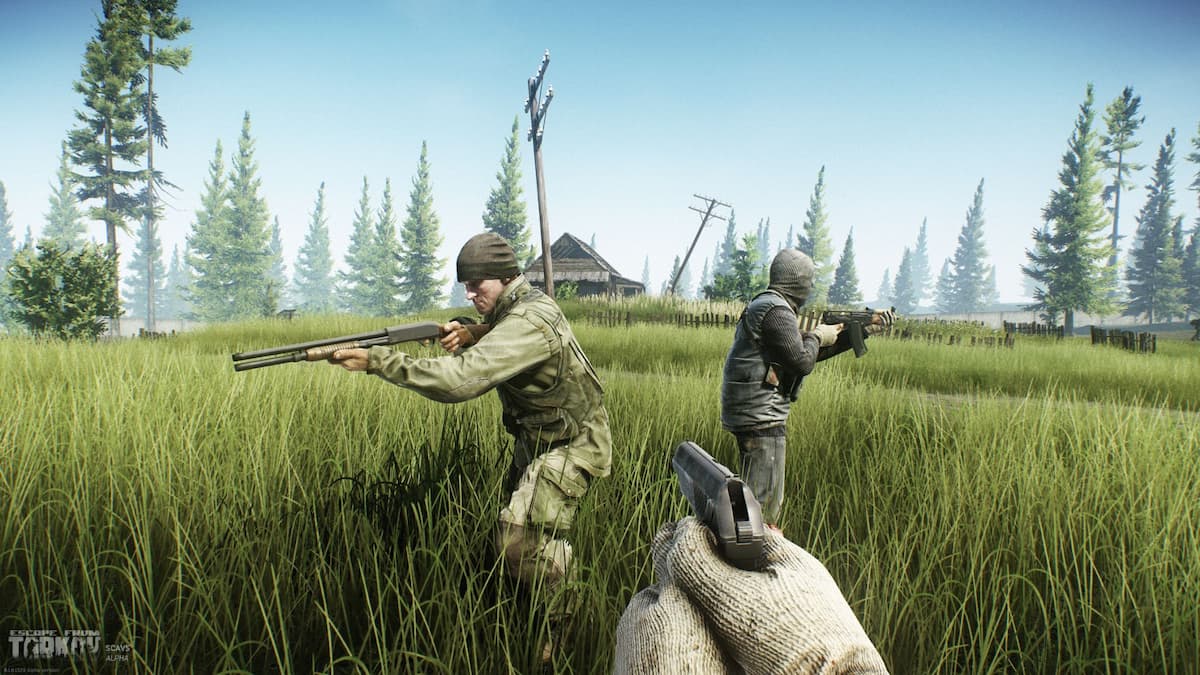While it might not take the top spot, The Legend of Zelda: Link’s Awakening is certainly one of the franchise’s weirdest and most out-there games. Opting for a Zelda and Triforce-free tale set on a mysterious island, this particular journey stands out in a post-Breath of the Wild world, where fans have become more accustomed to “open-air” design and freedom of exploration as opposed to the series’ more traditional (and decidedly rigid) progression through dungeons, with enough keys and mini-bosses to make the most nostalgic of fans weep. Honestly, though, the most surprising thing about Link’s Awakening remake on Switch is how fun it still is, even close to 30 years after its original release.
Speaking of which, it’s a bit odd that, despite how it amazing it looks, Link’s Awakening is by no means a home run when it comes to its performance. While Nintendo aims for a lofty 60 frames per second, the game is prone towhen you enter a new area or return to the overworld. To be fair, the technical shortcomings are by no means a deal-breaker, but they are certainly noticeable — an option to cap the framerate would have made for a nice inclusion.
Framerate quibbles aside, Nintendo and co-developer Grezzo have knocked the rest of the presentation out of the proverbial park. The soundtrack — which has been rerecorded as an orchestral score — provides a welcome facelift to Minako Hamano and Kozue Ishikawa’s music, which is accompanied by entirely new sound effects and animations. Thanks to its (relatively) small map size, Koholint Island might not have as many secrets to unearth compared to Hyrule Kingdom, but the colorful cast of characters and intimate layout provide a sense of comfort and familiarity that most games can only dream of achieving.
The one thing that has remained largely the same is the core gameplay loop, which is laid out on a rigid track of dungeons, puzzles, and the occasional sidequest. Unlike A Link Between Worlds, you won’t have the option to tackle levels in the order you see fit — in fact, Link’s Awakening might just feature some of the least subtle navigational limitations in a Zelda game to date. A good chunk of the island is inaccessible until you complete the second dungeon, and you won’t even be able to swim until halfway through the game. That isn’t to say that the deliberately linear design is a detriment to the experience — to be honest, this sort of rigid open world is a welcome change of pace, especially after logging over 200 hours in Breath of the Wild.

Thankfully, even though the minute-to-minute action hasn’t changed that much, a handful of quality of life improvements keep things flowing at a steady pace. Collectible bottles, additional secret seashells, and pieces of heart will keep completionists busy for some time to come, and the ability to hold two items in addition to your sword and shield greatly cuts down on precious time spent fiddling around on the inventory screen. Unfortunately, the same can’t be said for the newly-included Chamber Dungeons. While designing and playing through your own dungeons seems like good fun, there’s no proper way to share these courses with others and challenge your friends — unless you want to store your creations on an amiibo and pass it around.
In many ways, playing through the remake of The Legend of Zelda: Link’s Awakening is like coming home after a long trip abroad. Sure, the sights and sounds of an entirely new world do have their own allure, but nostalgia and familiarity are tough to ignore. Even if you haven’t had the chance to play through the original before, the intimate and casual feeling of Koholint Island offers a welcome change of pace from where the franchise (and genre) is heading. It may not be as innovative as its contemporaries, but it’s still every bit as entertaining.
This review is based on the Switch version of the game. A copy was provided to us by Nintendo.

















